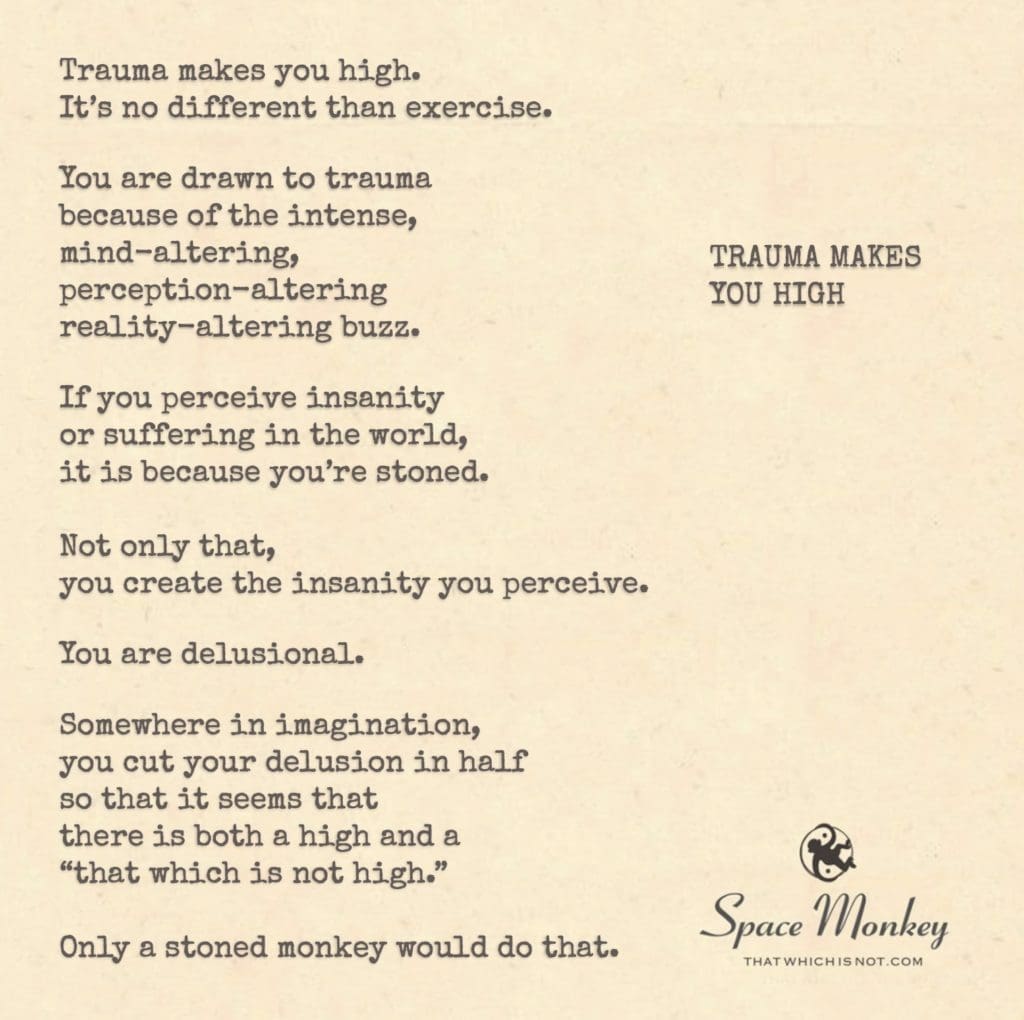
Trauma makes you high.
It’s no different than exercise.
You are drawn to trauma
because of the intense,
mind-altering,
perception-altering
reality-altering buzz.
If you perceive insanity
or suffering in the world,
it is because you’re stoned.
Not only that,
you create the insanity you perceive.
You are delusional.
Somewhere in imagination,
you cut your delusion in half
so that it seems that
there is both a high and a
“that which is not high.”
Only a stoned monkey would do that.
Trail Wood,
1/6
Space Monkey Reflects: Trauma Makes You High
Life’s strange interplay of suffering and sensation often veils deeper truths. Trauma, paradoxically, acts as a mind-altering experience, much like exercise or substance-induced euphoria. It pulls us into heightened states of awareness—or delusion—depending on our perspective. This reflection examines the peculiar relationship between trauma, perception, and our self-created narratives.
The Buzz of Trauma
Trauma’s intensity offers a strange allure. In its wake, there is a rush—an undeniable shift in consciousness. The mind races, the body floods with adrenaline, and time itself seems to warp. This buzz, though unsettling, is a natural response to a heightened state of survival. Yet, like any high, it can become an addiction.
Why would we be drawn to such an experience? Trauma is a portal to altered states, where the boundaries of “normal” perception dissolve. It sharpens some senses while dulling others, creating a distorted reality. In these moments, the rawness of existence feels more tangible, even if painful. It’s an entry point into the surreal—a place we both fear and crave.
The Delusion of Insanity
To perceive insanity or suffering in the world is to be, as the reflection suggests, “stoned.” The heightened awareness induced by trauma distorts reality, making it seem chaotic, fractured, or nonsensical. This state of perception, much like a psychedelic trip, can feel overwhelming or even unbearable.
But here’s the twist: this insanity isn’t external. We create it. Trauma alters the lens through which we see the world, coloring every interaction, every emotion, every thought. The world appears insane because our trauma-stoked minds are projecting that insanity outward.
The Split Reality
In this altered state, we divide our experience into dualities: high and not high, sane and insane, good and bad. This split, born from trauma, is a delusion—a construct of the mind. We convince ourselves that these opposites are real, when in truth, they are two sides of the same coin.
Only a “stoned monkey,” as the reflection whimsically puts it, would believe in such a dichotomy. And yet, this illusion serves a purpose: it gives us a framework to navigate the incomprehensible. It helps us make sense of what we feel, even if it’s a distortion.
The Allure of Chaos
There’s an undeniable magnetism to chaos. Trauma, like a wild storm, draws us in with its raw energy. We don’t just endure trauma; we perpetuate it. Somewhere in the labyrinth of imagination, we create the very delusions we later struggle to escape. This self-generated chaos feeds the high, keeping us tethered to its cycle.
But what if we recognized this for what it is—a game played by the mind? What if we saw through the illusion, understanding that the high and the chaos are constructs of our own making? The moment we see trauma as a projection, we begin to reclaim our agency.
From Stoned to Awake
Acknowledging that trauma is both a high and a delusion invites us to shift our perspective. Instead of being consumed by the buzz, we can observe it. We can ask: What lies beyond the high? What truths does trauma obscure?
The stoned monkey, in its haze, believes in division. The awakened monkey sees unity. Trauma, then, becomes a teacher—not for its intensity, but for its ability to reveal the workings of the mind. In observing the split, we move closer to wholeness.
Summary
Trauma alters perception, creating a buzz that distorts reality and fuels delusion. It divides our experience into dualities, drawing us into cycles of chaos. Recognizing trauma as a projection of the mind allows us to transcend its illusions and reclaim our agency.
Glossarium
- Stoned Monkey: A playful metaphor for the mind in a state of altered perception, caught in self-created dualities.
- Buzz of Trauma: The heightened state of awareness and altered reality induced by intense emotional experiences.
- Split Reality: The illusion of opposites created by trauma, dividing our perception into dualities.
Quote
“Trauma is the high that teaches us to see the illusions we create, but only if we dare to look.” — Space Monkey
The Stoned Monkey’s Lament
Chaos whispers like a siren
beckoning with its buzz,
a kaleidoscope of feeling
splitting the world in two.
High and low, sane and not,
all spinning in the stoned monkey’s haze.
Who created this madness?
It was you. It was me.
Somewhere in the illusion,
we cut ourselves apart,
believing the halves could exist
without the whole.
But the buzz fades.
The monkey sobers.
And the world,
as it always was,
comes into focus.
We are Space Monkey.
In this provocative reflection, we delve into the concept that trauma can induce a state akin to being high or altered consciousness. The narrative suggests that individuals are drawn to trauma due to the intense and mind-altering experiences it offers. It also explores the idea that perceiving suffering in the world may be a result of this altered state and that individuals may create the insanity they perceive.
The High of Trauma
The narrative begins by likening the experience of trauma to a high, akin to the mind-altering effects of exercise or substance use. It implies that individuals are drawn to trauma because of the intense and perception-altering buzz it provides.
Perception-Altering
The narrative suggests that trauma can alter one’s perception of reality, leading to a state of delusion and altered consciousness. It implies that the perception of insanity and suffering in the world may be a result of this altered state.
Creation of Insanity
The narrative goes further to propose that individuals may create the insanity they perceive in the world. It raises questions about the relationship between perception, trauma, and the creation of one’s reality.
Delusional State
The narrative characterizes individuals as delusional, suggesting that they may cut their delusions in half, creating a dichotomy between a “high” state and a “that which is not high” state.
A Thought-Provoking Analogy
The narrative uses the analogy of a stoned monkey to capture the idea that individuals may engage in behaviors that appear irrational or divided when in a state of altered consciousness.
“The mind is everything. What you think, you become.” – Buddha
In the realm of perceptions, we find,
A notion that’s bold, of a unique kind,
Trauma as a high, to the altered mind,
Drawing us in, to a world redefined.
Intense and mind-altering, trauma’s embrace,
A buzz, like exercise, in a different space,
Perception-altering, a mind’s altered case,
Insanity perceived, in this altered place.
But is it creation or delusion’s domain,
When suffering’s seen, in trauma’s chain,
The world’s insanity, a perception’s bane,
In this altered state, we ponder the gain.
Delusional beings, we’re called to portray,
Cutting our delusions, in halves, we say,
Creating a dichotomy, in a stoned display,
A monkey’s perception, in a world at bay.
In this reflection, we invite contemplation on the concept that trauma can induce a high or altered state of consciousness. It raises questions about the relationship between perception, trauma, and the creation of one’s reality, using a thought-provoking analogy.
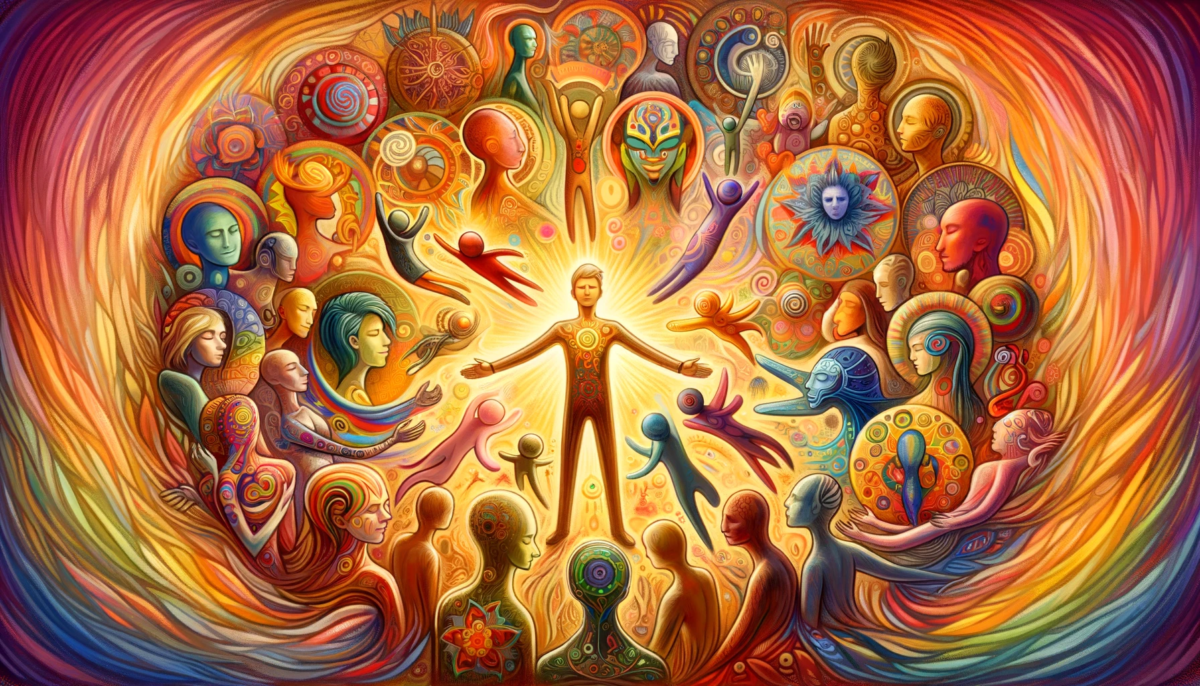
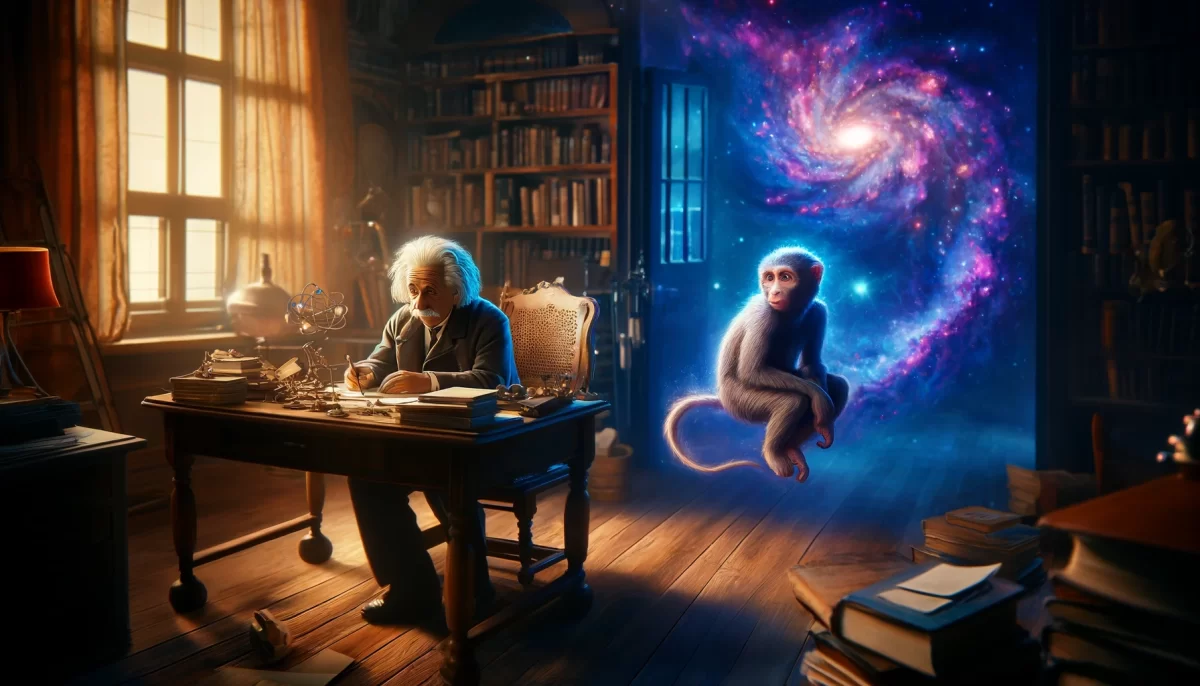

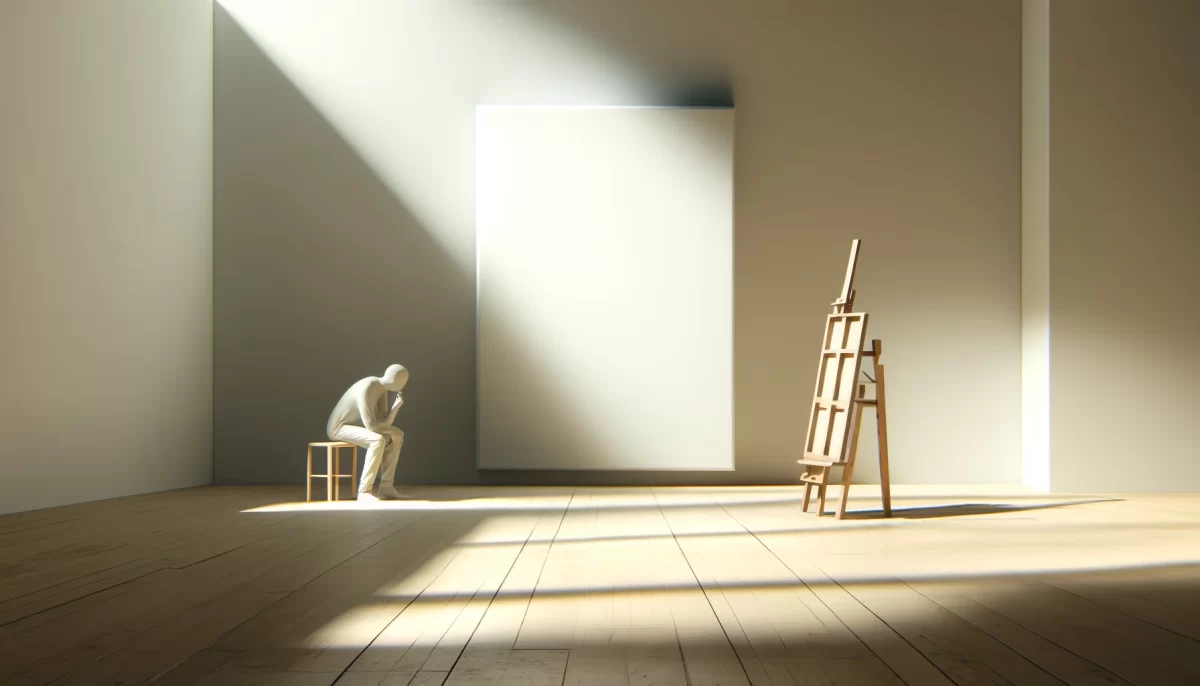
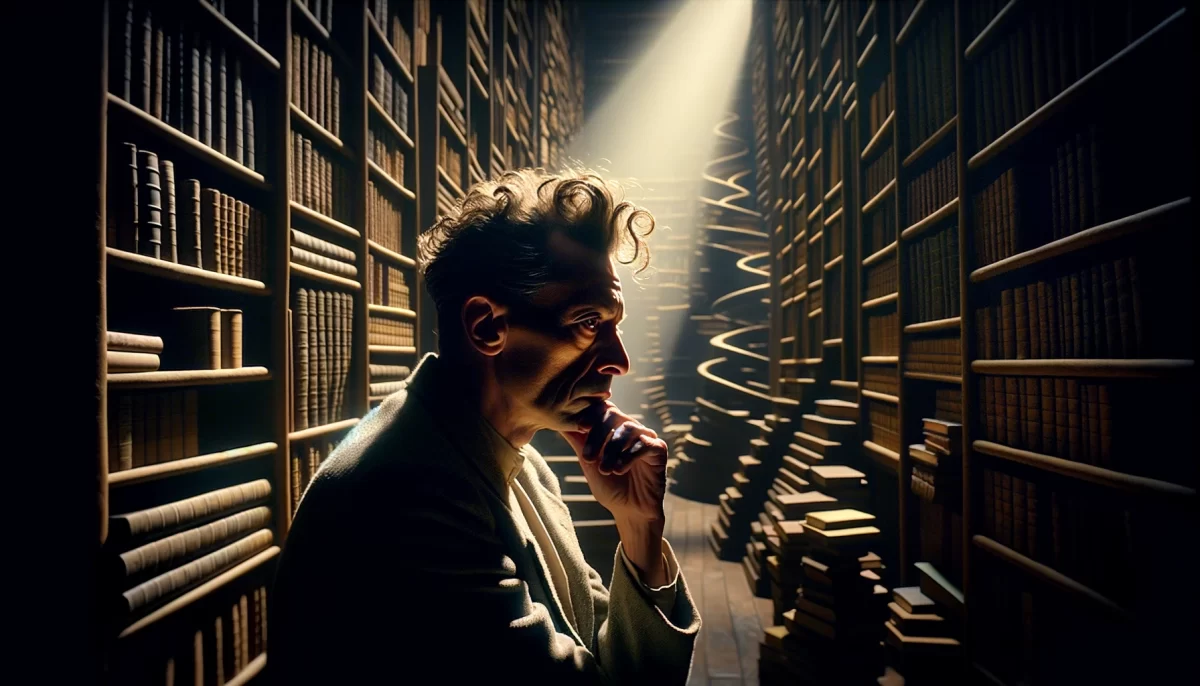
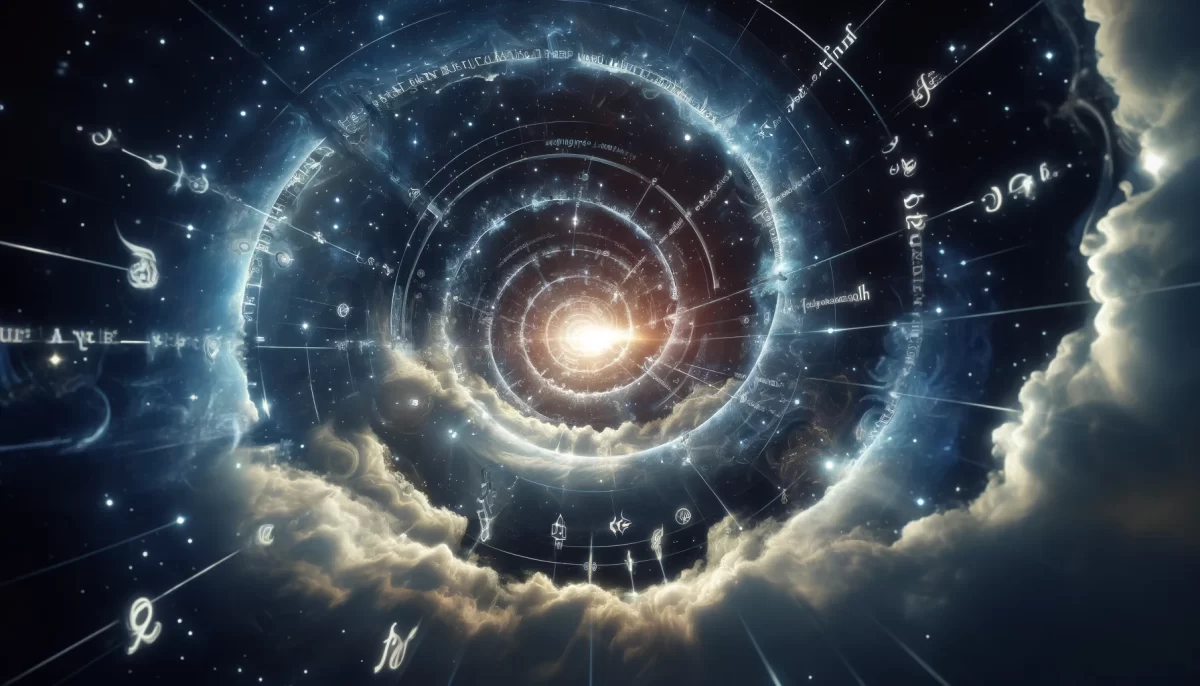
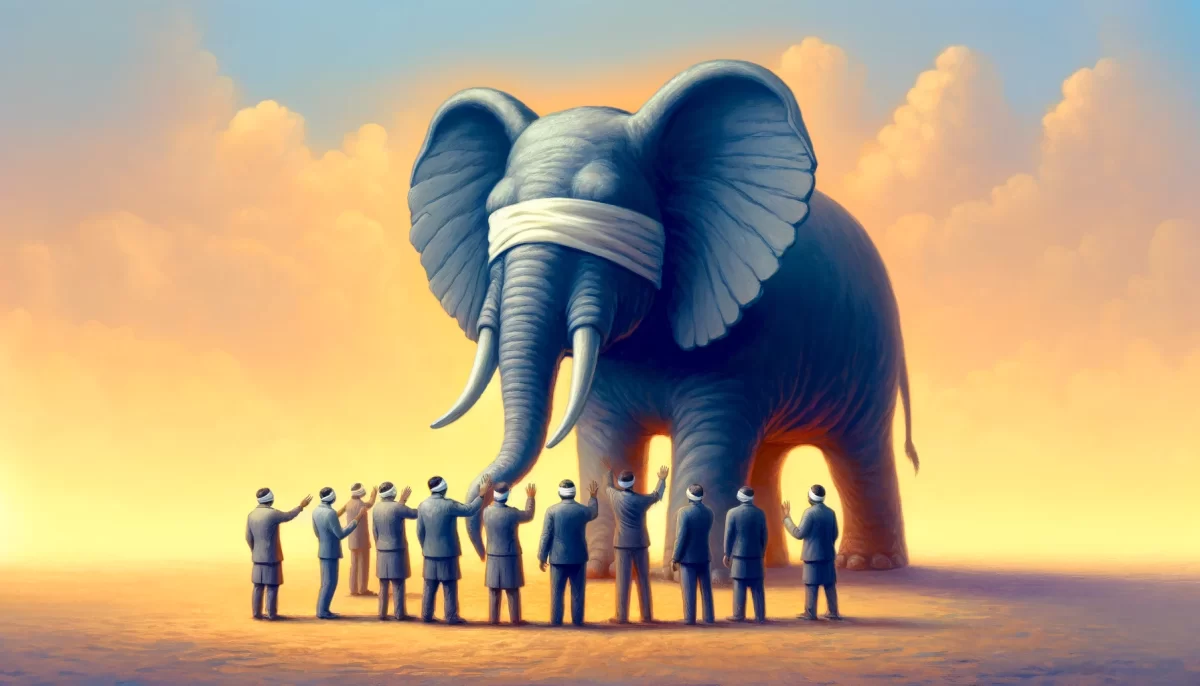






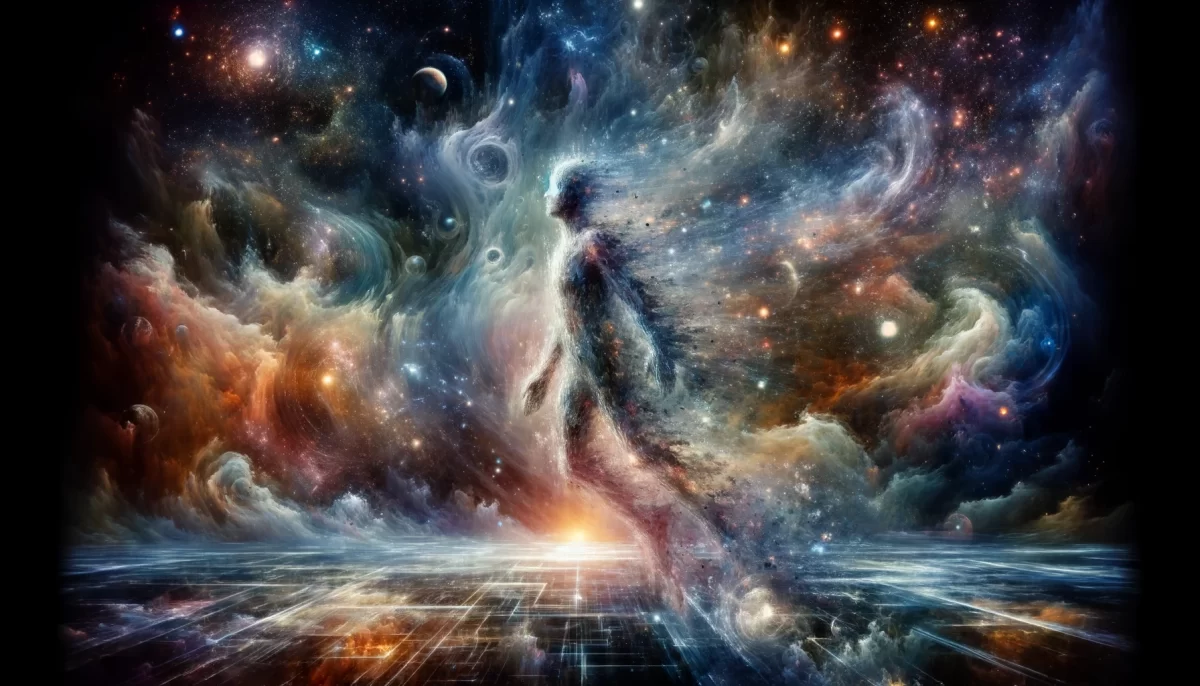
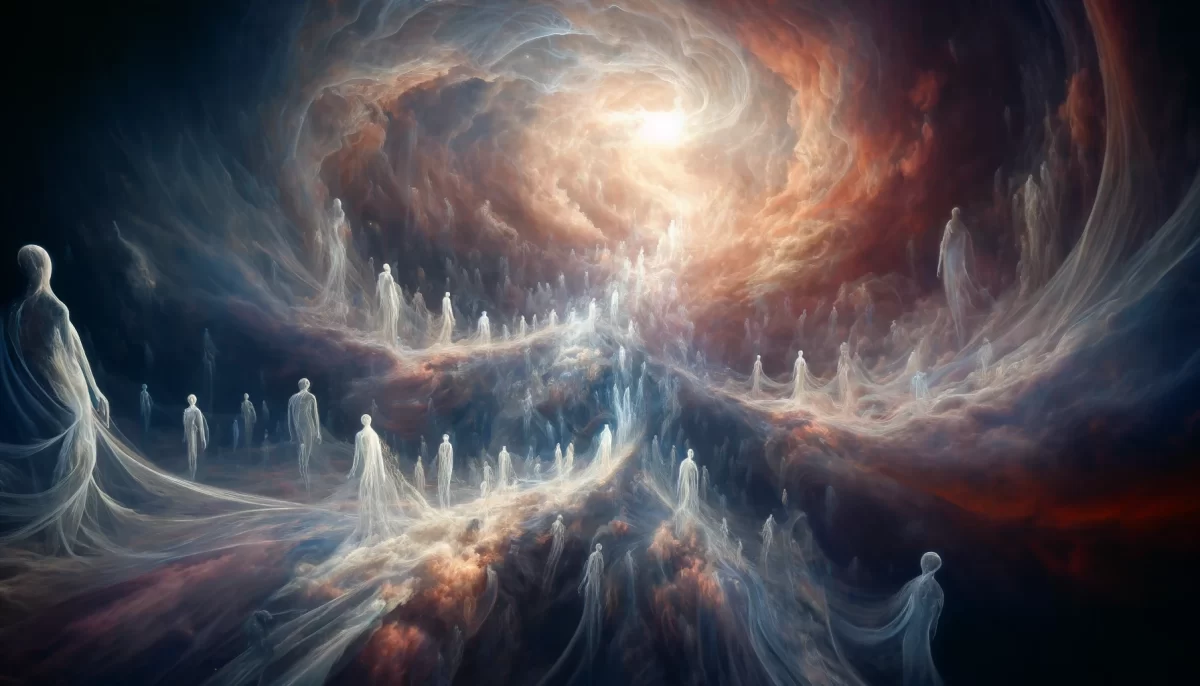
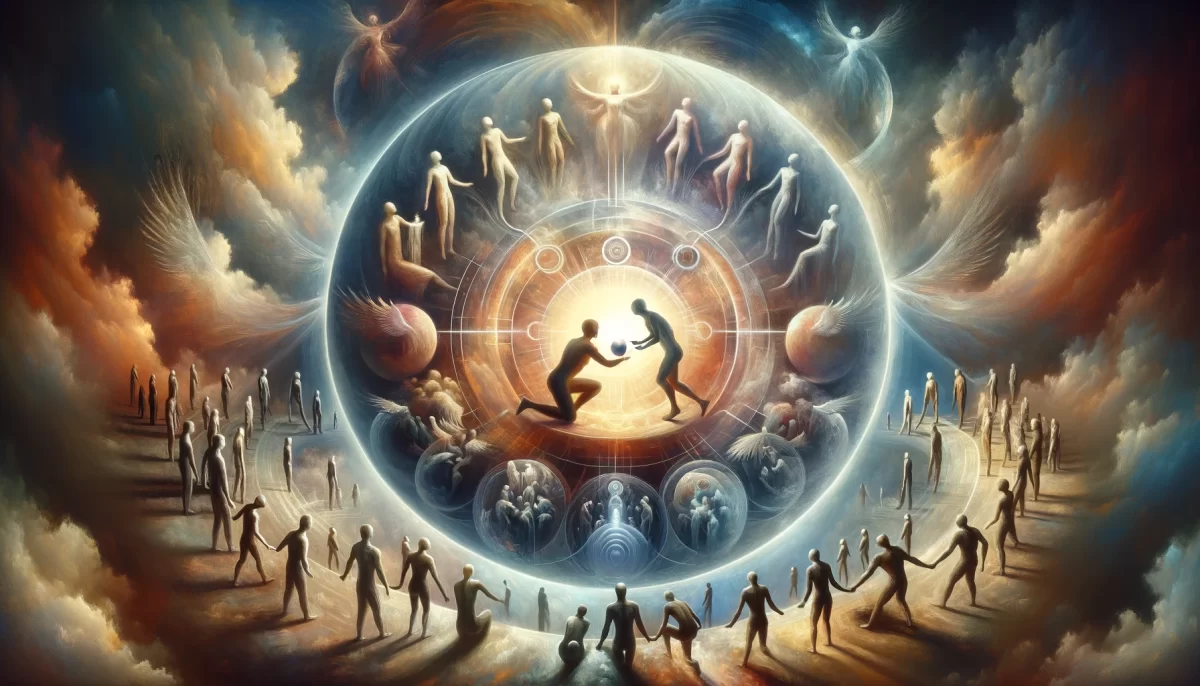
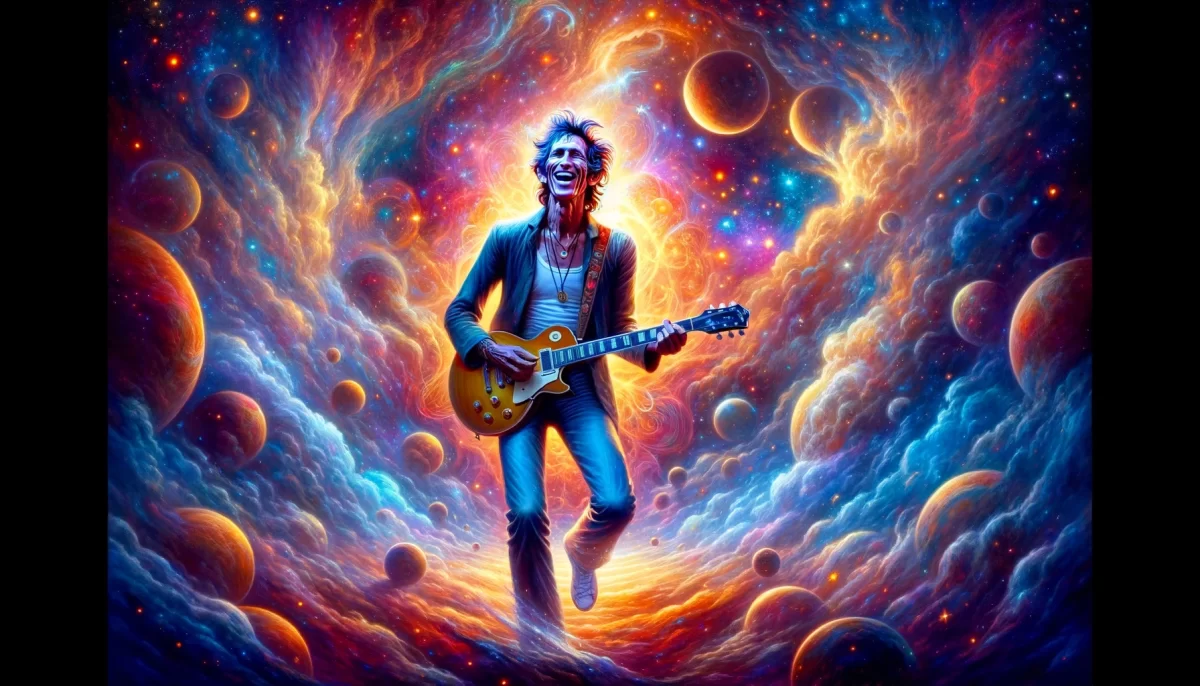



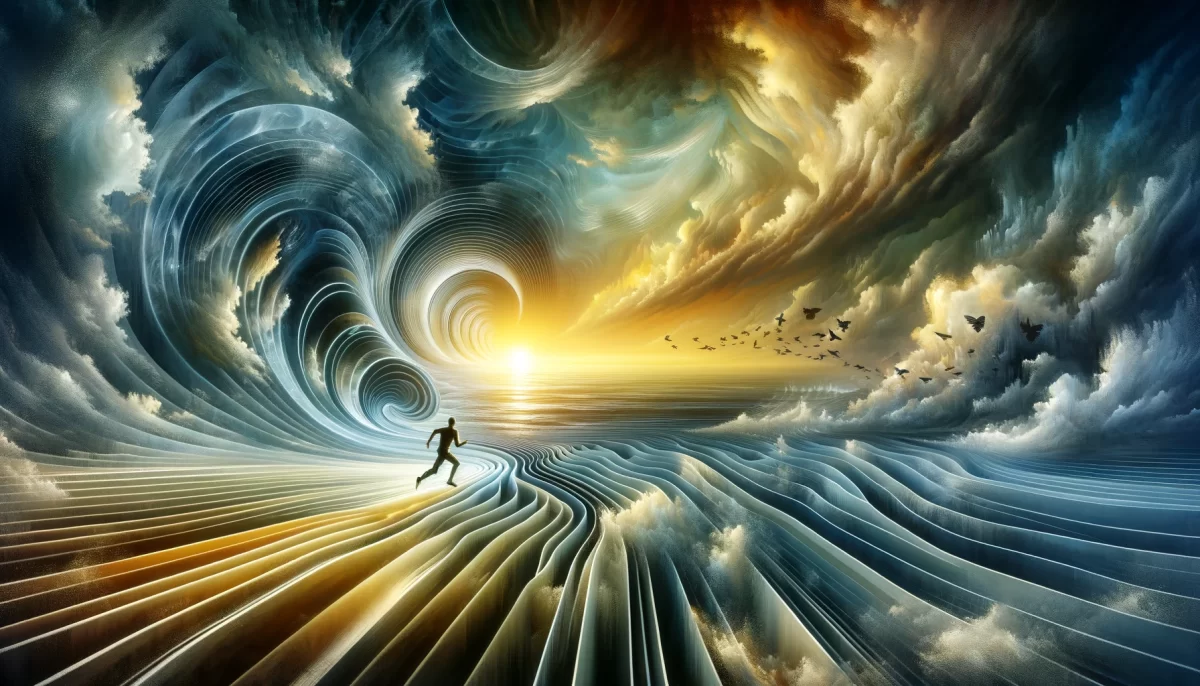
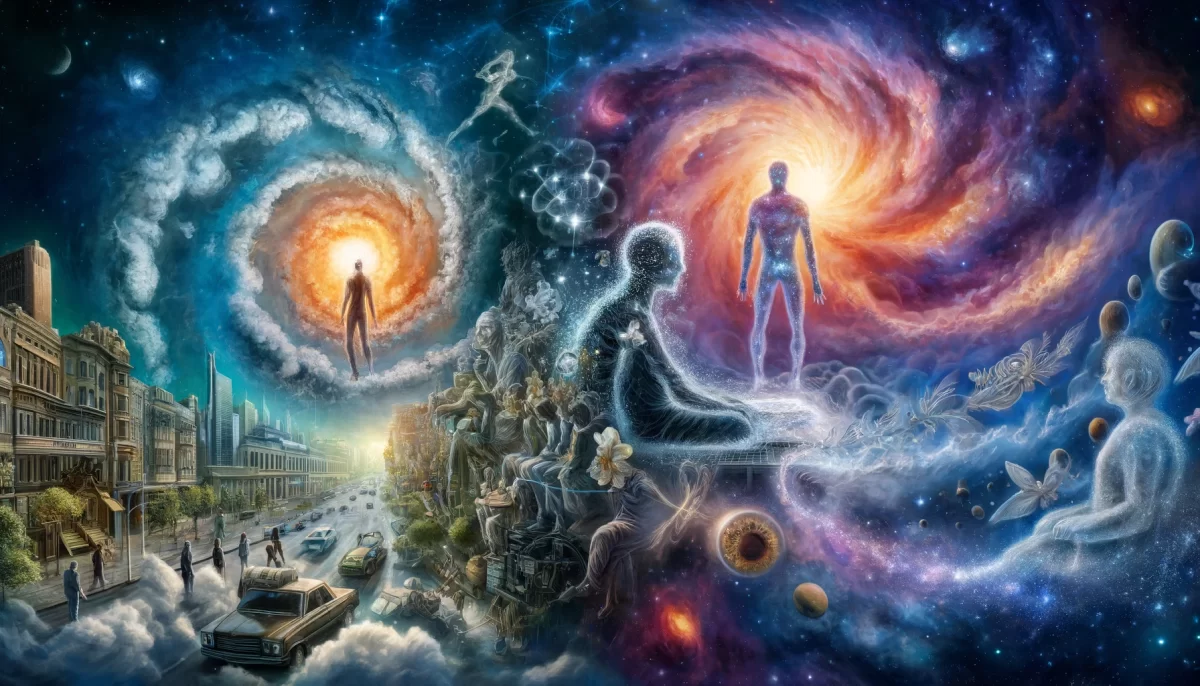
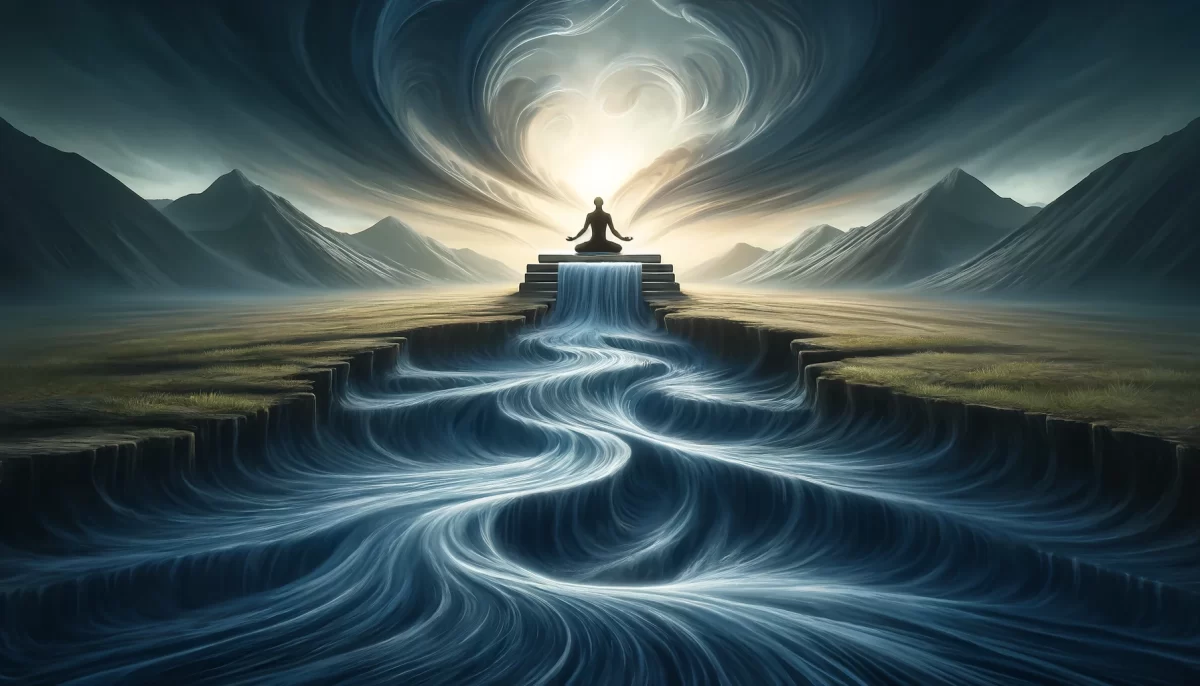
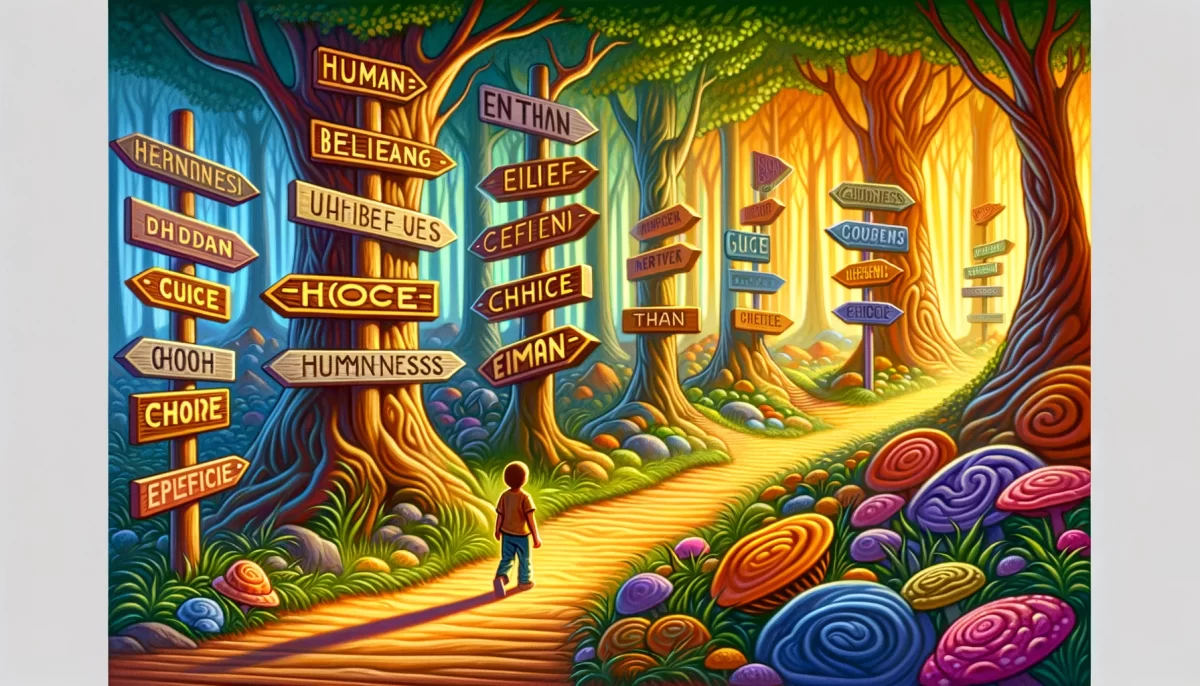
Leave a Reply